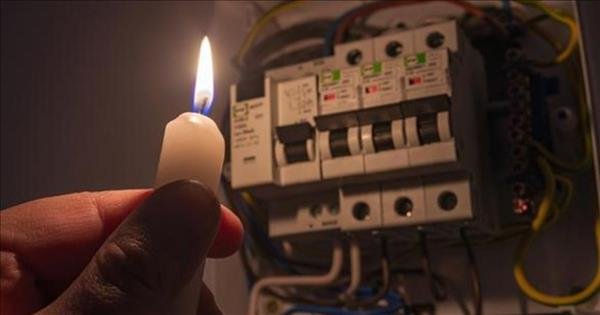Electrical Faults Diagnosis and Repair
Electrical faults diagnosis and repair are essential for maintaining electrical systems in homes, offices, and commercial establishments. Electrical faults can lead to various issues, such as power outages, damage to electrical appliances, or even fires.
Therefore, conducting regular inspections and repairing electrical faults quickly and efficiently helps ensure the safety and efficiency of the electrical system.
Importance of Electrical Fault Diagnosis and Repair
A. Ensuring Safety and Security:
Electrical faults can pose significant safety risks, especially if left untreated. Damaged wires or deteriorated insulation can cause electric shocks or fires. Regularly inspecting for faults helps detect issues before they become serious threats to individuals and property.
B. Improving Electrical System Efficiency:
Undetected electrical faults may result in power loss or reduced efficiency of electrical devices. For example, malfunctioning wires or devices can consume more electricity. Performing regular checks helps improve energy efficiency, which in turn reduces electricity bills.
C. Preventing Damage to Electrical Appliances:
Electrical appliances exposed to unstable currents or electrical issues may suffer faster damage. Fault inspection and repair can extend the lifespan of devices and help maintain them in good condition.
Common Causes of Electrical Faults
A. Damaged or Worn-out Wires:
Wires can become damaged over time due to heavy usage or natural wear. Faulty wires can lead to power outages or even fires in some cases.
B. Faulty Fuses or Circuit Breakers:
Fuses or circuit breakers may blow or malfunction due to overload or a short circuit. When one of these components fails, power can be cut off in some areas or throughout the entire building.
C. Damaged Components of Electrical Appliances:
Appliances such as washing machines, air conditioners, and stoves may break down due to internal electrical problems. For example, damaged transformers or circuits can cause the entire appliance to fail.
D. Overloading the Electrical System:
Sometimes, the electrical system may be overloaded, leading to short circuits or power outages. This happens when too many devices are connected to the same electrical circuit.
E. Age or Poor Installation of Electrical Systems:
Old or improperly installed electrical systems may be prone to frequent faults due to poor wiring or faulty connections.
How to Diagnose Electrical Faults
A. Check Fuses and Circuit Breakers:
Start by checking the fuses or circuit breakers that may have tripped due to an overload. If the circuit breakers are in the “off” position, try turning them back on after ensuring the problem has been resolved.
B. Use a Multimeter:
A multimeter is an ideal tool for measuring current and voltage in wires and electrical components. By using it, you can determine if there are issues with electrical flow or unusual voltage fluctuations.
C. Inspect Wires and Appliances:
Check wires for any signs of wear or cuts. Inspect electrical appliances such as air conditioners, washing machines, or any other devices to see if they show any signs of electrical problems.
D. Monitor Heat Levels:
If you notice that wires, circuit breakers, or appliances are becoming unusually hot, this may indicate a fault in the electrical system that needs immediate repair.
Electrical Faults Diagnosis and Repair
A. Replace Damaged Wires:
If damaged or faulty wires are discovered, they should be replaced immediately. This may require a professional electrician to install new wiring that meets the system’s needs.
B. Repair or Replace Faulty Fuses:
If it is determined that fuses or circuit breakers have been damaged due to an overload or electrical faults, they should be repaired or replaced. Ensure that the new fuses are appropriate for the circuit’s capacity.
C. Repair or Replace Faulty Appliances:
If the faults are related to electrical appliances, such as refrigerators or air conditioners, it may be necessary to repair internal components such as transformers or electrical circuits. In some cases, it might be more efficient to replace the appliance entirely.
D. Reduce Electrical Load:
If it is discovered that the electrical load is excessive for the circuit, wiring adjustments or load redistribution to other circuits can alleviate pressure on the system.
E. Improve Electrical Connections:
It may be necessary to improve electrical connections and update the system to prevent recurring faults. This could involve installing additional circuit breakers or distributing loads more effectively.
Hiring a Professional Electrician
If, after inspecting the electrical faults, the issues are complex or require special procedures, it is always best to consult a professional electrician. A qualified electrician has the expertise to diagnose faults accurately and repair them quickly and safely, ensuring that all work is carried out according to local and international standards.

